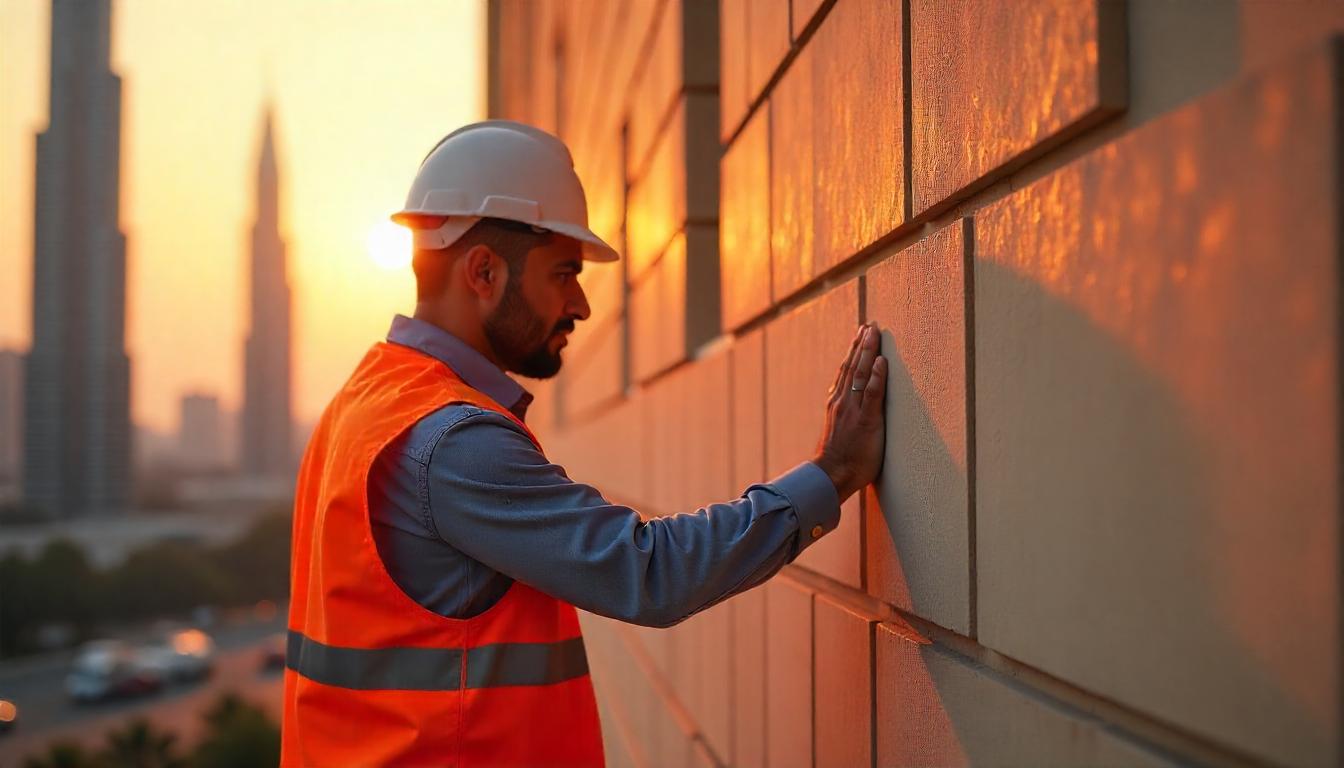The Role of Structural Engineering in Creating Dubai’s Iconic Skylines
Dubai is home to some of the most breathtaking skyscrapers in the world. The city’s skyline is a testament to cutting-edge architectural brilliance and structural engineering expertise. Behind every towering landmark, from the Burj Khalifa to the twisting Cayan Tower, lies meticulous planning, advanced technology, and the unwavering expertise of AAA-Dubai, a top architectural consultancy in Dubai. Structural engineering plays a pivotal role in bringing ambitious designs to life, ensuring stability, safety, and sustainability in high-rise construction.
The Importance of Structural Engineering in Skyscraper Construction
Structural engineering is the backbone of modern architecture, particularly in cities like Dubai, where extreme environmental conditions and ambitious designs demand precision. From resisting high winds and seismic activity to optimizing materials for durability, structural engineers work closely with architects to create visually stunning yet structurally sound buildings.
In Dubai, structural engineers face unique challenges such as:
- High temperatures that affect material expansion and contraction.
- The need for deep foundation systems due to sandy and reclaimed land.
- Strict building codes ensuring resilience against natural forces.
- Innovations in lightweight yet durable materials for high-rise efficiency.
As a top architectural consultancy in Dubai, AAA-Dubai ensures that every structure meets these rigorous demands while maintaining architectural integrity.
Innovative Structural Engineering Techniques Used in Dubai’s Skylines
1. Advanced Foundation Systems
Dubai’s soil conditions require innovative foundation techniques. The Burj Khalifa, for instance, is supported by a deep foundation system with reinforced concrete piles extending over 50 metres underground. This technique prevents settlement and ensures stability on soft desert terrain. AAA-Dubai employs similar foundation engineering in projects that require deep anchoring, ensuring safety and longevity.
2. High-Strength Materials for Extreme Conditions
The UAE’s climate presents challenges such as high temperatures and sand erosion, necessitating the use of high-performance materials. Dubai’s skyscrapers often use high-strength concrete and steel alloys that can withstand extreme heat and maintain durability over decades. AAA-Dubai, as a top architectural consultancy in Dubai, integrates innovative material solutions that extend the lifespan of high-rise structures while minimising maintenance costs.
3. Wind-Resistant Structural Designs
Dubai’s tall structures must counteract extreme wind loads. Engineers employ aerodynamic shaping, tuned mass dampers, and structural bracing systems to reduce wind-induced sway. The Cayan Tower, known for its 90-degree twisted design, uses reinforced concrete cores and a helical structural system to maintain stability. AAA-Dubai applies similar engineering principles to ensure that buildings can withstand varying wind pressures without compromising aesthetics.
4. Seismic Resilience in High-Rise Buildings
Although Dubai is not in a high-seismic zone, modern structural engineering ensures that high-rises are built with earthquake-resistant features. Base isolators, shock absorbers, and flexible structural joints allow skyscrapers to absorb vibrations and minimise structural stress. AAA-Dubai integrates seismic analysis into its projects, ensuring that even in the rare event of seismic activity, structures remain uncompromised.
5. Smart Structural Monitoring Systems
Many of Dubai’s skyscrapers incorporate real-time structural health monitoring systems that track stress, vibrations, and material integrity. These smart systems enable proactive maintenance, preventing potential issues before they escalate. AAA-Dubai leverages cutting-edge technology to enhance structural longevity and safety in its architectural projects.
Case Studies: Engineering Marvels in Dubai
1. Burj Khalifa – The World’s Tallest Skyscraper
The Burj Khalifa stands at a staggering 828 meters, supported by a reinforced concrete core and a buttressed hexagonal structure. Engineers implemented a Y-shaped design to distribute loads evenly, ensuring stability against wind and seismic forces. This marvel is a perfect example of structural engineering mastery combined with architectural vision.
2. Museum of the Future – The Parametric Wonder
This unique elliptical building, developed using advanced parametric modelling and robotic construction, showcases how engineering and futuristic design can blend seamlessly. The steel exoskeleton supports the entire structure, minimizing internal columns and maximizing interior space.
3. Cayan Tower – The Twisting Icon
Dubai’s Cayan Tower rotates 90 degrees from base to top, achieved through a twist-resistant reinforced concrete core. This design mitigates wind resistance and enhances aesthetic appeal while maintaining structural integrity.
The Future of Structural Engineering in Dubai
With Dubai constantly pushing architectural boundaries, the future of structural engineering is geared towards sustainability, smart construction, and 3D-printed buildings. AAA-Dubai, as a top architectural consultancy in Dubai, is at the forefront of integrating:
- Green building solutions, including energy-efficient materials and solar-integrated structures.
- AI-driven design and predictive analytics for better structural planning.
- 3D printing technologies for faster and more sustainable construction.
- Hybrid materials that combine strength and flexibility for futuristic designs.
Conclusion
Dubai’s skyline is a testament to the power of structural engineering and architectural ingenuity. From towering skyscrapers to innovative smart buildings, the city continues to redefine what is possible in construction. AAA-Dubai, as a top architectural consultancy in Dubai, remains dedicated to pushing the boundaries of engineering excellence. By blending advanced technology with structural expertise, Dubai’s future will see even more revolutionary designs shaping its skyline.

